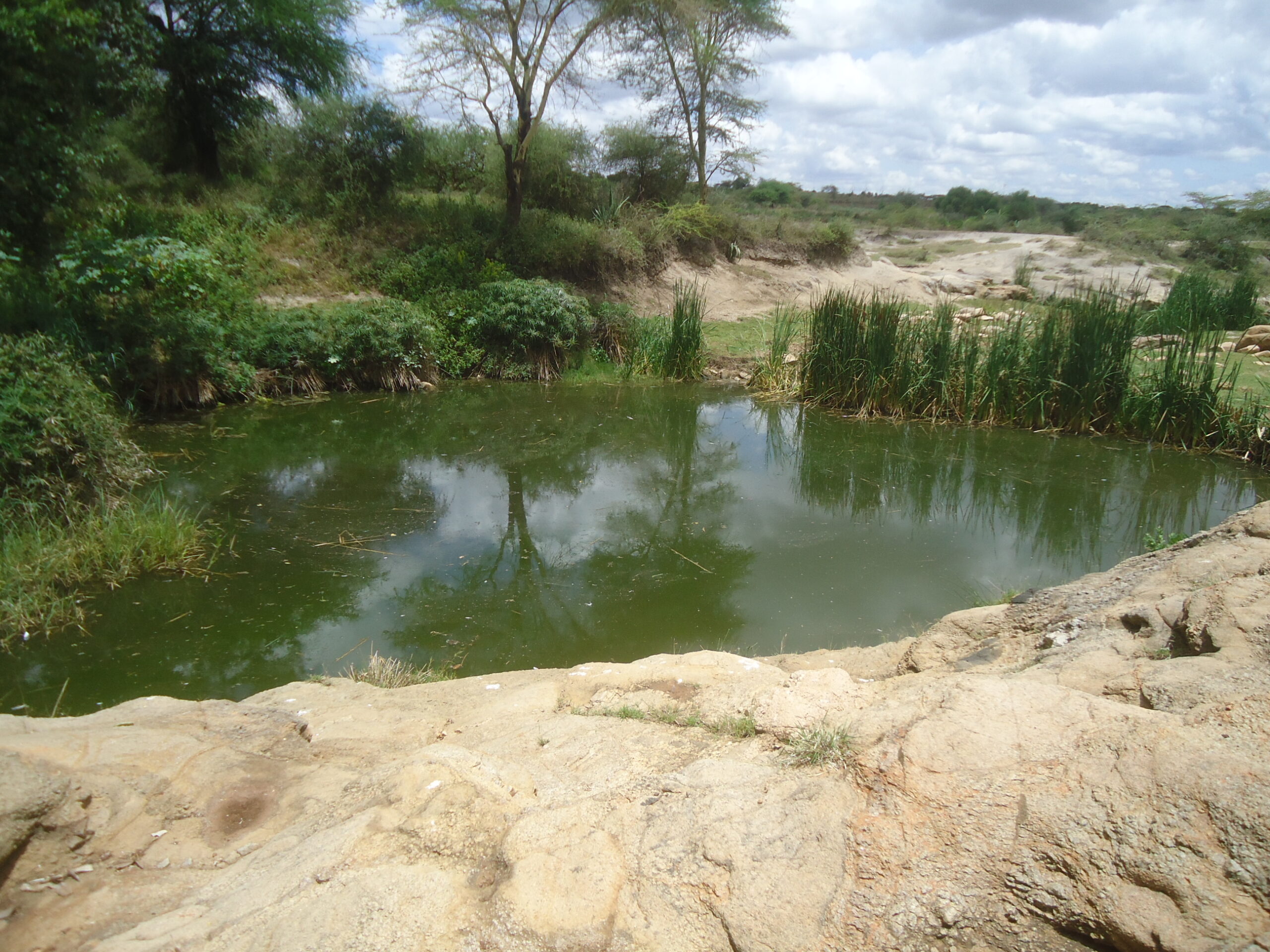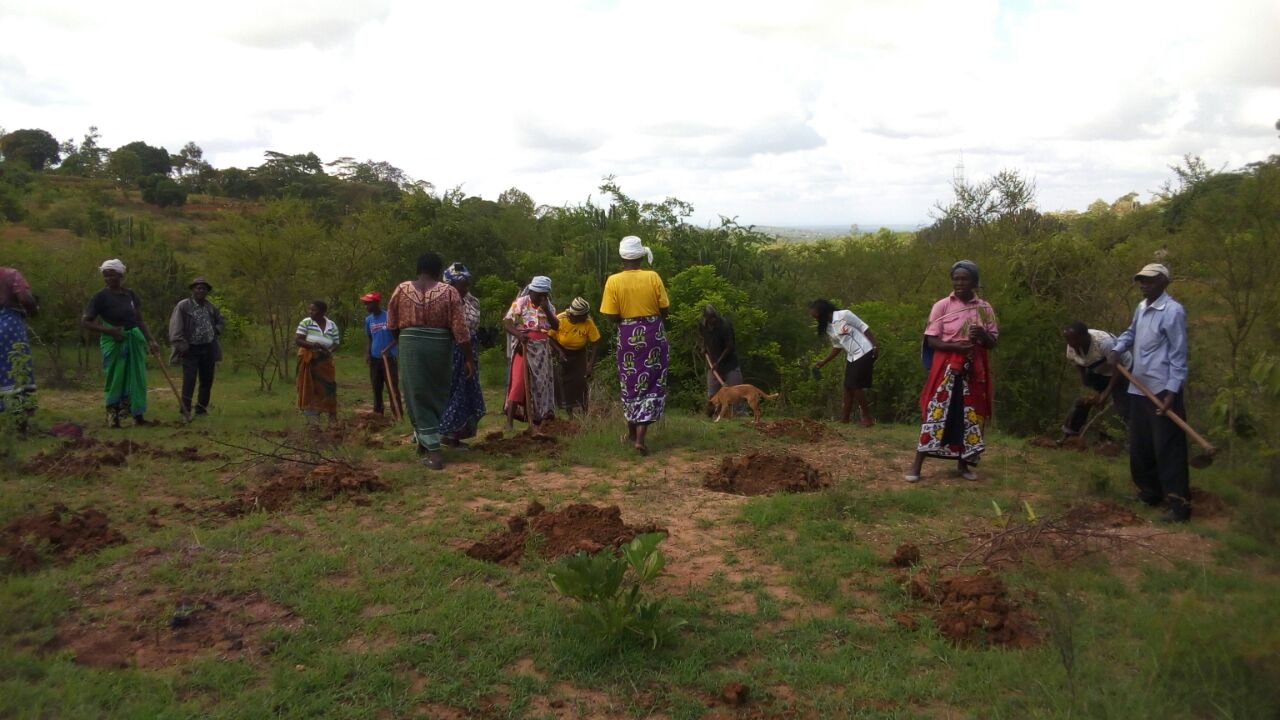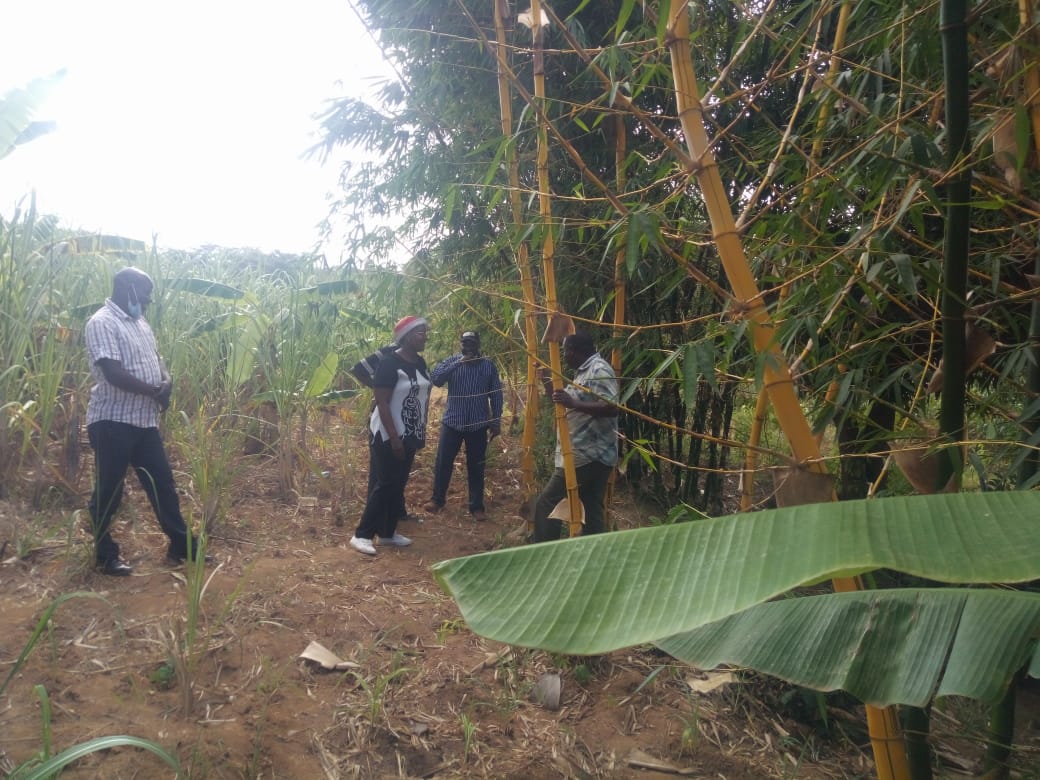MUMAKI Rehabilitation Project
MERMA is working with the County Government of Kitui and other partners in the rehabilitation of the Mumaki Ecosystem in Kitui West and Mwingi West sub – counties

Project Brief
-
County
Kitui
-
Key Partner
AfDB
The silted and non – functional Matinga dam was dug by the colonial government in 1955 with the aim of providing water for domestic use and improvement of the community livelihood systems and conservation of community natural resources for enhanced environmental management and utilization. The project stalled due to lack of dam management skills and funds since independence in the early 1980’s.
Matinga is an old colonial dam dug in 1955 by the colonial government. The Matinga dam and its associated Mutonguni hilltops and Kithyoko riverine ecosystem is an important, productive and unexploited ecosystem in Kitui County which extends from Mutonguni hills and borders the famous Yatta plateau at Matinga. Mutonguni hills are the main water catchment in the area. The size of the ecosystem is over 5,000 KM2 and has human population of 221,126 people.
The Matinga dam has capacity to hold over 3 million m3 of water annually. The area is adjudicated as Mutonguni / Kauwi land parcel No. 3460 measuring 154 acres reserved for community development projects. This is in accordance to the Article 63 (2) (iii) of the Constitution of Kenya, 2010. The dam lies on 37053’50.085’’E, 109’53.927’’S, River Valley – Ephemeral Musuu and Mathata joining to form Matinga/Kithyoko Tributary of Tana River System. Matinga dam area is a shared resource between three wards namely; Nguutani, Mutonguni and Kauwi in Mwingi West and Kitui West sub – counties. MERMA supported and organized the community members from the three wards to form Mumaki Water Resources Users Association (WRUA) with a focus of rehabilitating Matinga dam and its associated Mutonguni hilltops and Kithyoko riverine ecosystems.
The Mumaki WRUA has over 1,000 registered and active members and through the support of the Community Development Trust Fund (CDTF) and Water Services Trust Fund (WSTF) Matinga dam feasibility study reports, preliminary designs and Bill of Quantities (B.Qs) for the rehabilitation of the dam have been developed. Also the group has developed Water Resources Sub – Catchment Management Plan (SCMP) through the technical guidance by the Water Resources Management Authority (WRMA). SCMP is a community / WRUA strategy which outlines appropriate actions in soil and water conservation amongst other natural resources.
The group has a license from NEMA to harvest silt and sand from the silted Matinga dam and neighboring tributaries as a strategy for resources mobilization to support community environmental conservation through the establishment of tree nurseries besides reducing silt and sand deposited in the dam. Mumaki WRUA hosted Kitui County 2015, World Environment Day (WED) celebrations which were held at Matinga dam. The event was graced by the senior County Government of Kitui and National Government officials and members of the public.
Earth and Sand Dams Construction Project
Earth and Sand Dams Construction projects through the implementation of Mumaki Sub – Catchment Plan through the support of African Development Bank (AfDB) and implemented by National Government, County Government of Kitui and MERMA

Six (6) Earth dams were constructed whose works included dams excavation and construction. Construction of toilets and bathrooms, cattle/shoats troughs and fencing of the dam sites. Six (6) community boreholes were drilled and equipped. Six (6) Sub – Surface Dams (SSDs) were constructed and as a result of water availability ten (10) micro – irrigation projects have been implemented through solar pumps installation and solarization, sump well development, construction of tank towers and installation of tanks, supply and installation of hydrants. Water is also being used to support establishment of community tree nurseries.


